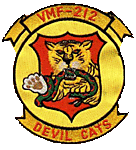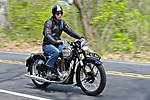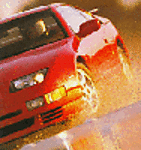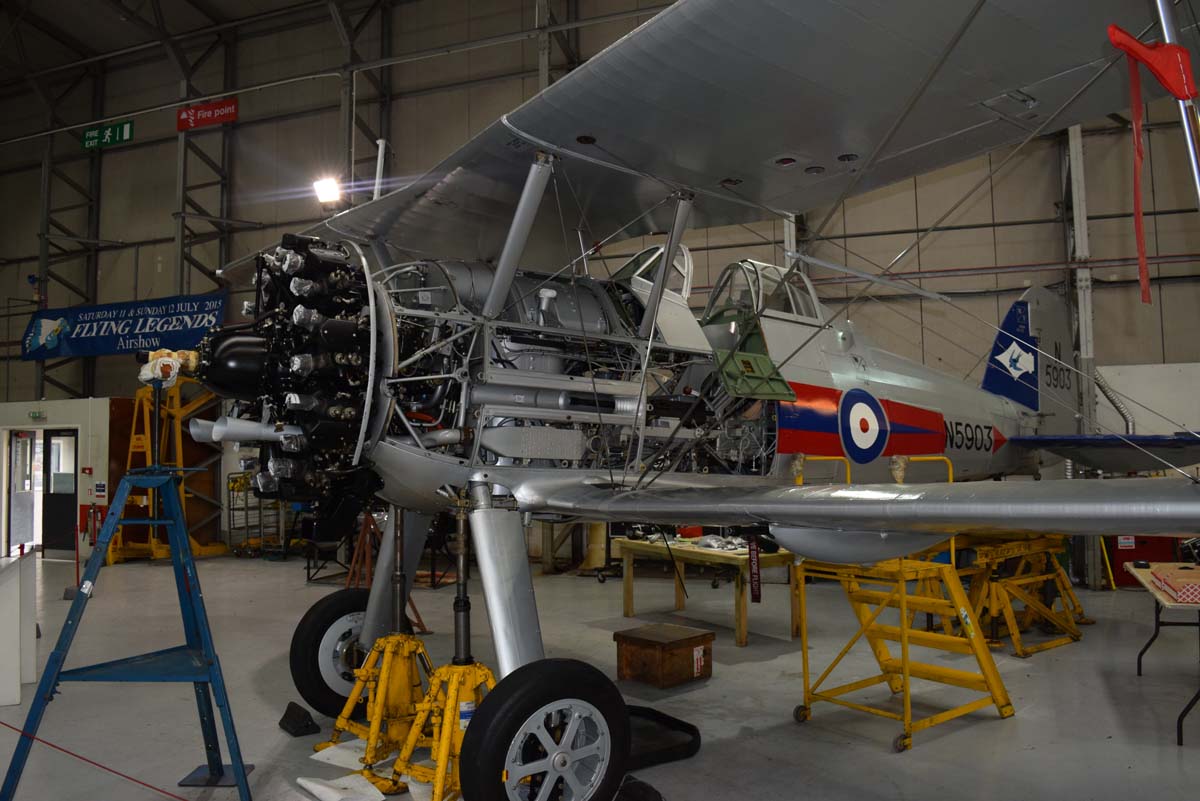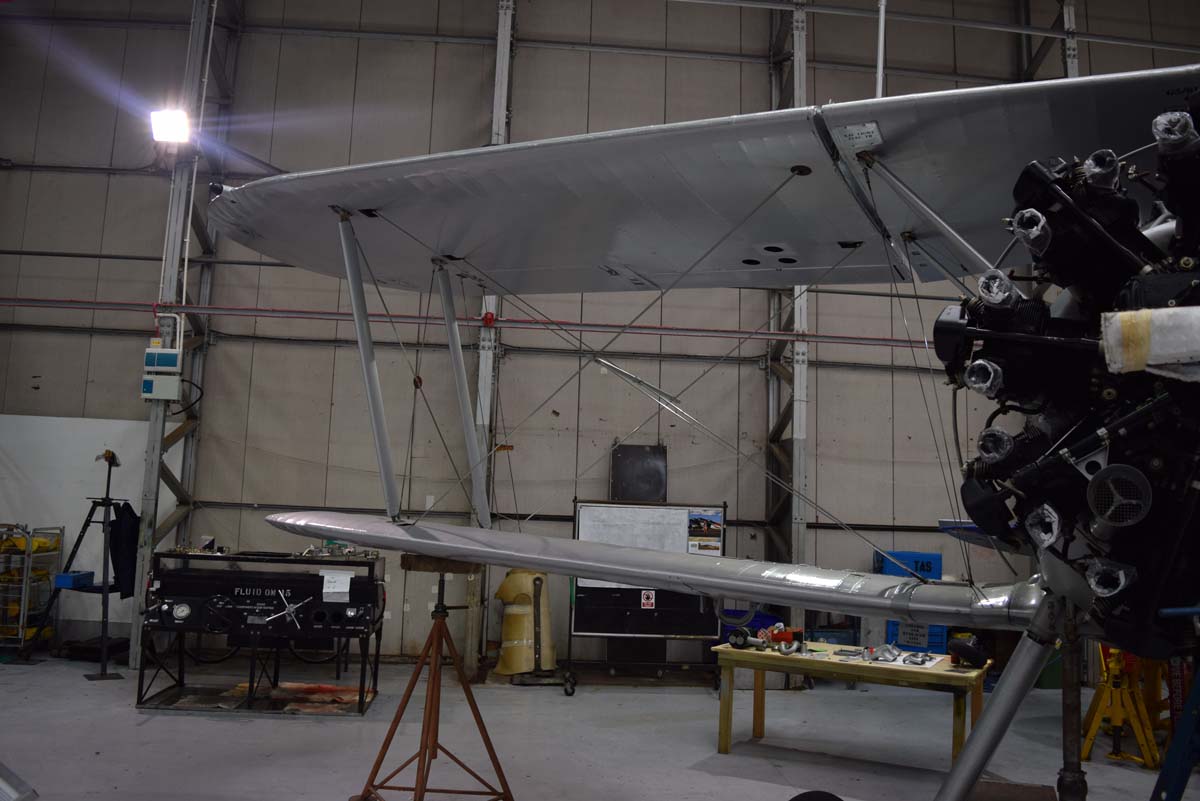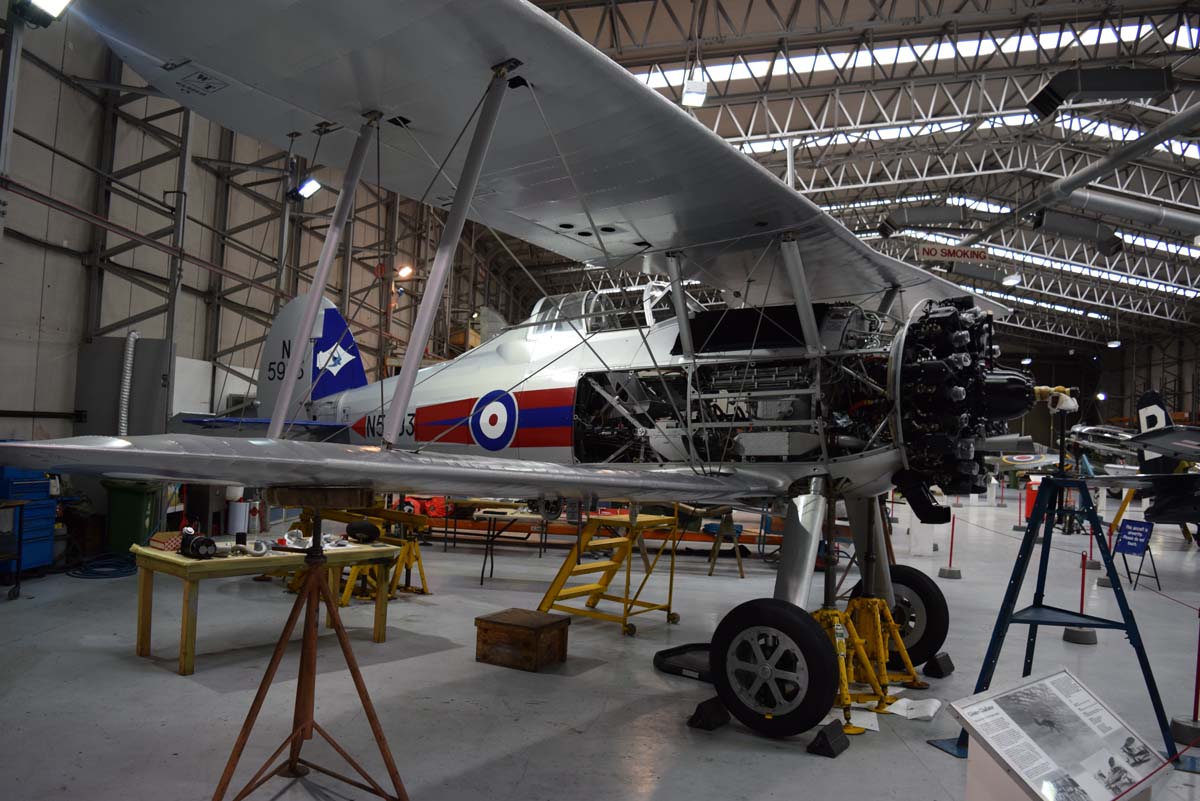Illinois, United States
Joined: October 14, 2012
KitMaker: 150 posts
AeroScale: 107 posts
Posted: Monday, May 01, 2017 - 01:04 AM UTC
I rarely build bi-planes so I have a few questions I hope some may be able to answer.
The main question:
What would the actual diameter of the cable be on most
bi-planes?

New Jersey, United States
Joined: February 06, 2015
KitMaker: 1,098 posts
AeroScale: 900 posts
Posted: Monday, May 01, 2017 - 01:54 AM UTC
Hi Kevin -
I assume you are referring to the wing bracing - the size would vary depending on the aircraft but perhaps more importantly many biplanes of this era and even earlier had bracing that was airfoil in section - not round . Of course many of us - including me - ignore this at times and use round material . If the Gladiator had airfoil rigging ( RAF wires ) and you want to go that route someone may offer a photo etched set for the rigging which , while not exactly airfoil in section , will approximate that look . I'm sure someone in the Aeroscale readership that is more knowledgeable about the Gladiator can answer better than I .
Hope this has been of some help and not added confusion - Richard
Ontario, Canada
Joined: July 22, 2012
KitMaker: 771 posts
AeroScale: 763 posts
Posted: Monday, May 01, 2017 - 03:48 AM UTC
I've had this bookmarked for a long while, but I'm too chicken to build one.
http://www.ww1aircraftmodels.com/page6.htmlThere are a bunch of other articles on there too, just go to the homepage.
Matt Odom
I've been known to build a few things
Illinois, United States
Joined: October 14, 2012
KitMaker: 150 posts
AeroScale: 107 posts
Posted: Monday, May 01, 2017 - 11:54 AM UTC
Hey guys, thanks for the help. I always assumed the wire was always round, I had no idea some were actually square. that's good info, thanks for sharing. Also that rigging site looks great thanks for posting the link. Bookmarked.
CMOT
 Editor-in-Chief
Editor-in-ChiefEngland - South West, United Kingdom
Joined: May 14, 2006
KitMaker: 10,954 posts
AeroScale: 290 posts
Posted: Monday, May 01, 2017 - 01:07 PM UTC
Illinois, United States
Joined: October 14, 2012
KitMaker: 150 posts
AeroScale: 107 posts
Posted: Tuesday, May 02, 2017 - 12:50 AM UTC
Thanks for the great pics.
Would the wire be about 3/4 inch or so diameter?
CMOT
 Editor-in-Chief
Editor-in-ChiefEngland - South West, United Kingdom
Joined: May 14, 2006
KitMaker: 10,954 posts
AeroScale: 290 posts
Posted: Tuesday, May 02, 2017 - 12:55 AM UTC
Sorry Kev I cannot answer that.
Pennsylvania, United States
Joined: June 17, 2009
KitMaker: 566 posts
AeroScale: 507 posts
Posted: Tuesday, May 02, 2017 - 01:04 AM UTC
RB products makes a RAF flat wire PE set can be found on ebay from various sellers. In 1/48 id probably skip over the flat wire, at least at my current skill level. IMHO 1/4"- 3/16" is a good guess for the diameter of generic rigging wires
"...Fat, drunk, and stupid is no way to go through life son"
New Jersey, United States
Joined: February 06, 2015
KitMaker: 1,098 posts
AeroScale: 900 posts
Posted: Tuesday, May 02, 2017 - 02:02 AM UTC
Found this on the internet -
Actual diameter from original specs for Roland D. VI a
( WW I but it gives a starting point )
Rear flying wires - 5mm
Front flying & landing wires , undercarriage wires - 4mm
Rear landing wires , cabane & wing struts - 3.5mm
Restored Tiger moth
Flying wires and landing wires - 3/16" and 1/4" and 3/32" for control wires
Divide by 48 for1/48th scale
If splitting hairs is your thing note that the flying wires are the heaviest -makes sense as these are the most highly loaded - think the fuselage and all its component mass hangs from the wings while in the air with all the static and dynamic forces that flying exerts. When on the ground the landing wires basically need only support the wings-
Illinois, United States
Joined: October 14, 2012
KitMaker: 150 posts
AeroScale: 107 posts
Posted: Tuesday, May 02, 2017 - 04:44 PM UTC
Thanks for the info, it was very helpful

